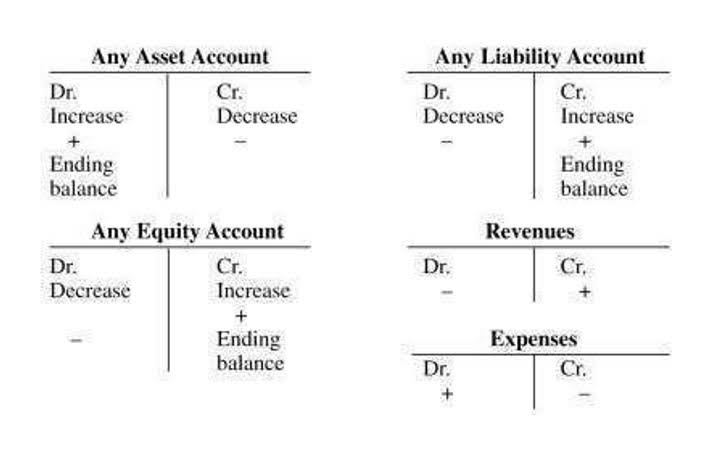
Additionally, significant LIFO liquidation events require adjustments when inventory volumes decline substantially. Finance teams need to reverse the LIFO reserve balance through credit entries, impacting earnings. Tracking inventory levels and market cost changes allows for better planning around liquidations.
- During inflationary times, supply prices increase over time, leaving the first ones to be the cheapest.
- The right accounting software helps you track your inventory values so you can quickly and easily calculate costs.
- In this article, the use of LIFO method in periodic inventory system is explained with the help of examples.
- It starts when the customer buys the item and includes inventory management, choosing and packaging the correct products, shipping, and handling returns.
- Multi-warehouse inventory management keeps the right amount of stock in the right places, so it can save shipping costs and fulfill orders faster, increasing Order fulfillment efficiency.
- FIFO and LIFO are the two most common inventory valuation methods used by public companies, per U.S.
FIFO vs LIFO Comparison – Rising and Falling Prices
- The physical inventory count at the end of the period will reveal the remaining stock, which is essential for calculating ending inventory.
- To use the weighted average model, one divides the cost of the goods that are available for sale by the number of those units still on the shelf.
- LIFO can result in lower taxable income because it assumes the most recent and often more expensive inventory is sold first.
- The second way could be to adjust purchases and sales of inventory in the inventory ledger itself.
With FIFO, the assumption is that the first items to be produced are also the first items to be sold. For https://www.bookstime.com/ example, let’s say a grocery receives 30 units of milk on Mondays, Thursdays, and Saturdays. The store owner will put the older milk at the front of the shelf, with the hopes that the Monday shipment will sell first. These layers make it hard to report price changes, as altering one can affect the cost of items sold. Prices can change with inflation or deflation, but the inventory layers generally show recent prices. FIFO follows a First In, First Out approach, meaning the oldest inventory is sold first.
FIFO vs. LIFO: Key differences

On the other hand, the LIFO method can result in older inventory items remaining unsold and ending inventory valuation. Using LIFO can also result in lower profits on financial statements, which can impact investor perception and business valuation. The FIFO (First In, First Out) method is a common inventory accounting technique for assigning costs to goods sold and goods still available for sale. However, there are other methods that can be used as well, such as LIFO (Last In, First Out) and weighted average. Comparing FIFO to these alternatives highlights key differences in how they impact financial statements.
Conducting Thorough Inventory Audits
When in doubt, please consult your Travel Agency Accounting lawyer tax, or compliance professional for counsel. Sage makes no representations or warranties of any kind, express or implied, about the completeness or accuracy of this article and related content. Get instant access to video lessons taught by experienced investment bankers. Learn financial statement modeling, DCF, M&A, LBO, Comps and Excel shortcuts. The formula to calculate the earnings per share (EPS) metric, on a fully diluted basis, is as follows. Consider a dealership that pays $20,000 for a 2015 model car during spring and $23,000 for the same during fall.

This makes it easy for business owners to manage their accounting and makes it simple lifo and fifo formula for investors to interpret the financial statements. FIFO is an accepted method under International Financial Reporting Standards. Cost of goods sold is an expense for a business, meaning it will also have tax implications. This produces a higher taxable income, so a business will typically have to pay more in taxes. Although a business’s real income and profits are the same, using FIFO or LIFO will result in different reported net income and profits. In many businesses, FIFO tends to more accurately represent the real movement of inventories.
Why is there more than one method for inventory cost accounting?

Inventory accounting methods are used to track the movement of inventory and record appropriate and relevant costs. COGS reflects the cost of the newest inventory, resulting in a higher COGS and a lower gross profit during periods of rising prices. Inflation is the overall increase in prices over time, and this discussion assumes that inventory items purchased first are less expensive than more recent purchases.
